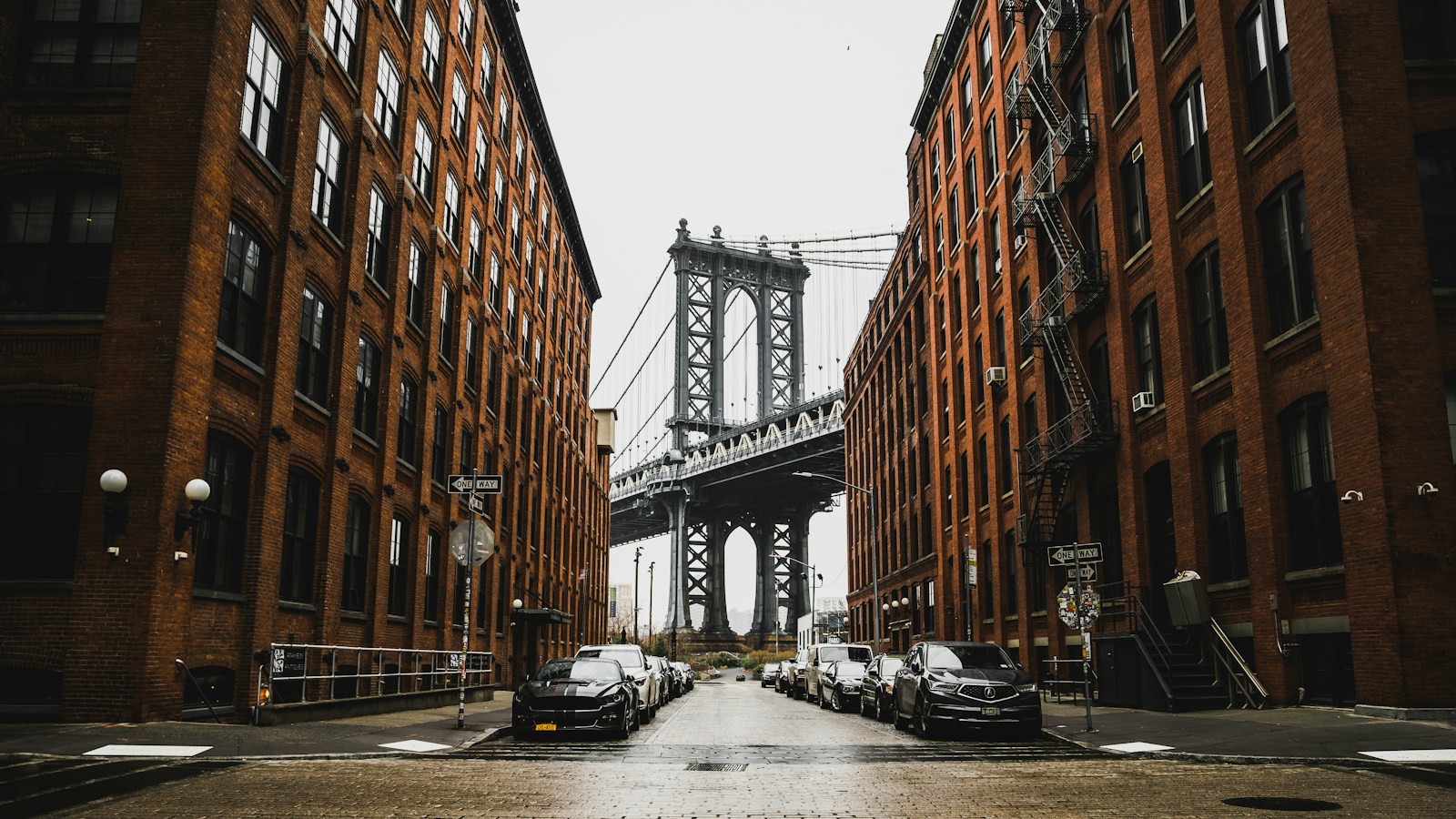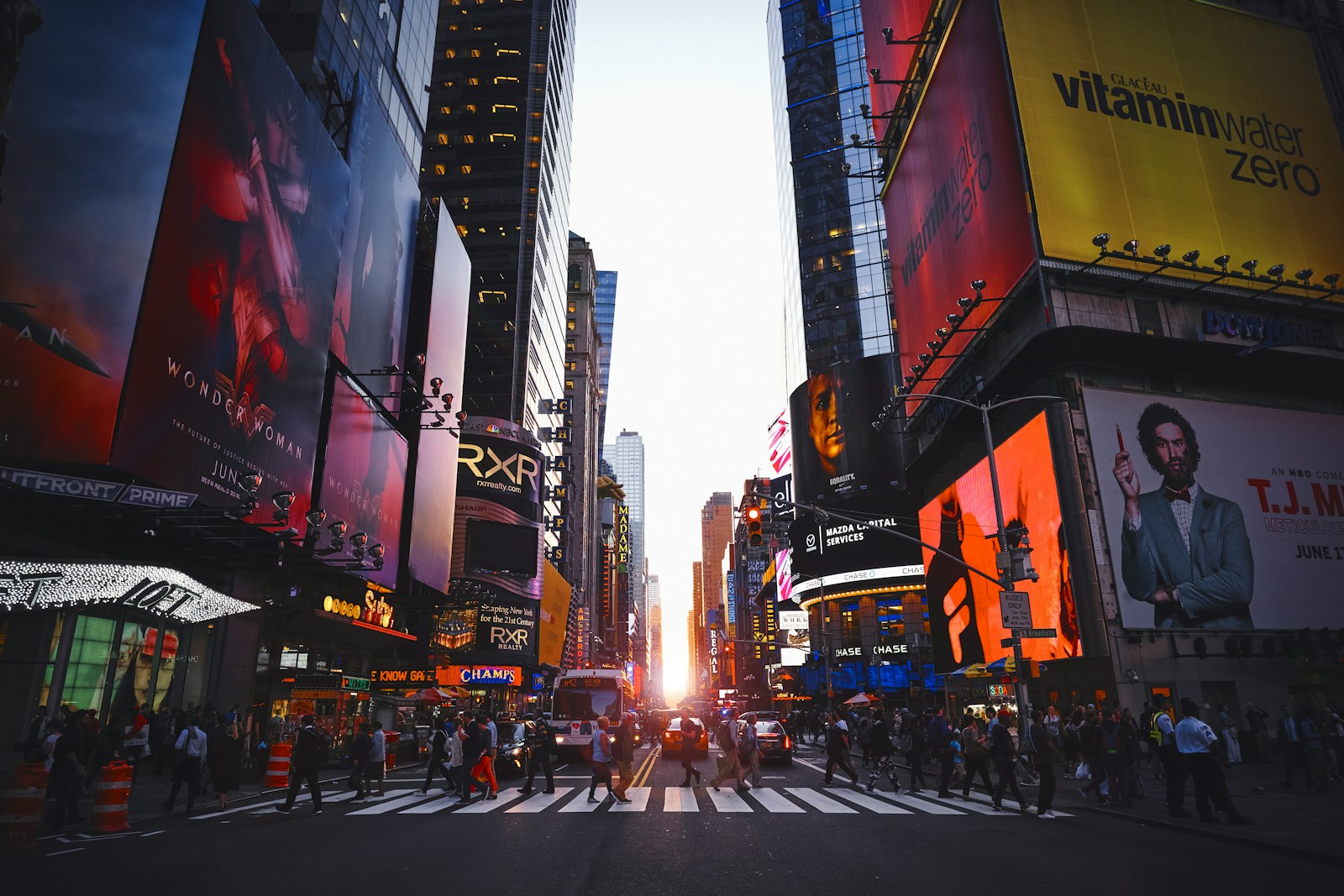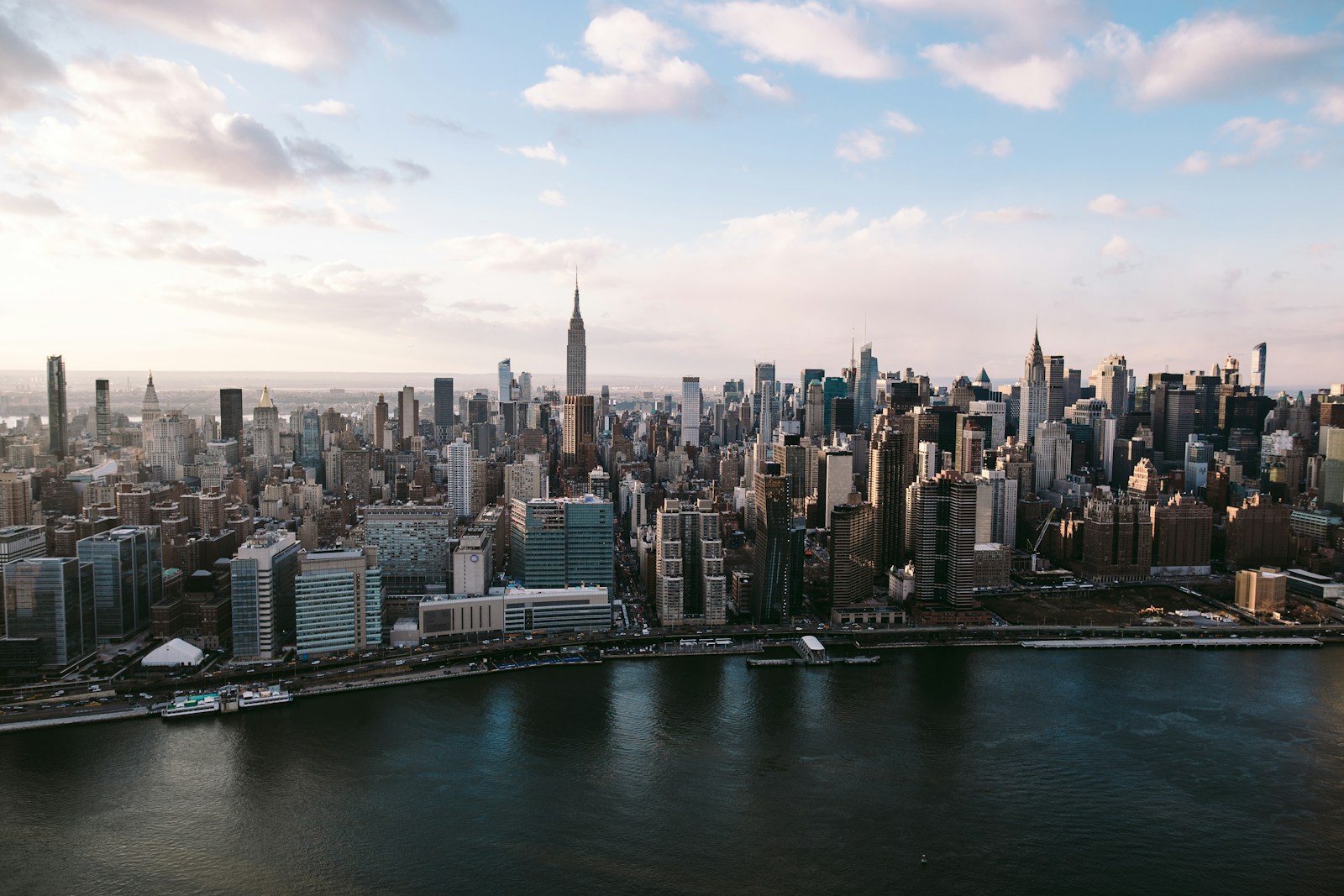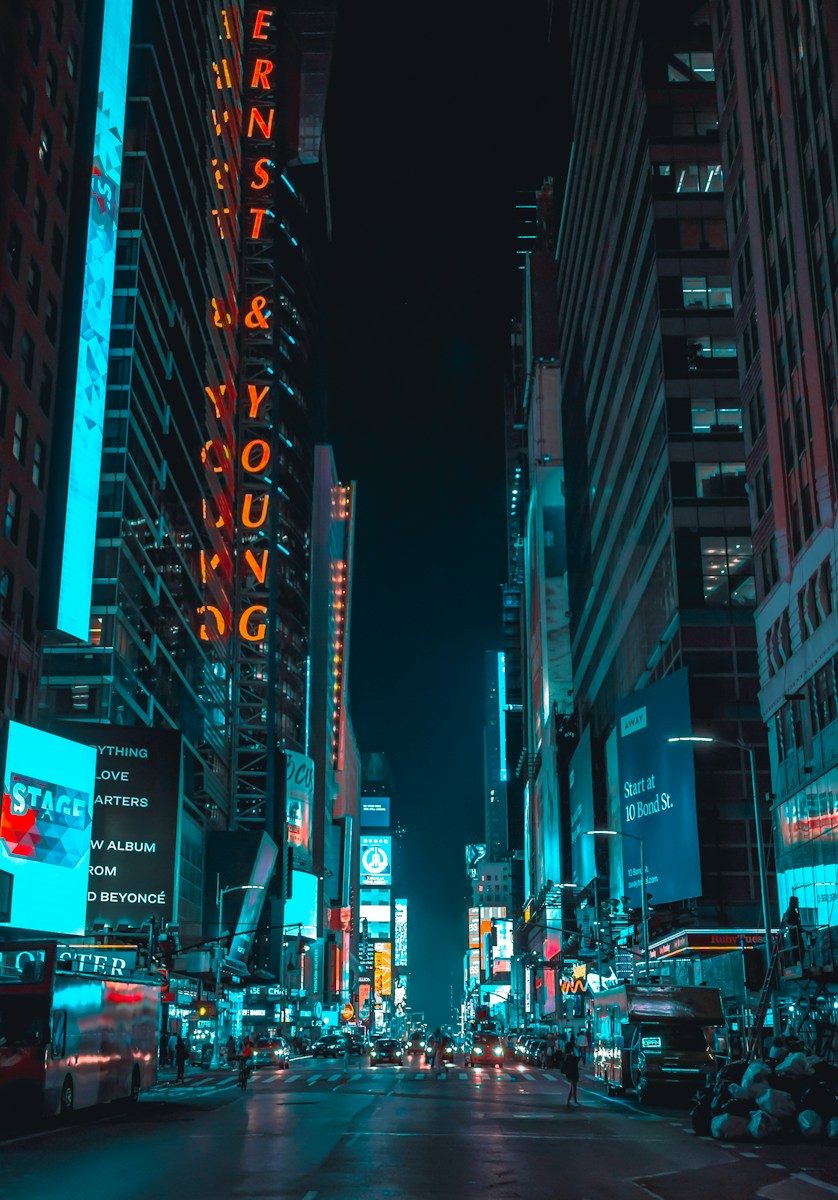Are you planning a trip to the Big Apple and wondering, “Is New York safe to visit?” Well, you’re not alone. Safety is often a top concern for travelers, especially when heading to major cities like New York.
The city that never sleeps has its share of pros and cons when it comes to safety. But don’t let that deter you. With the right precautions, you can have a safe and memorable trip. Let’s dive into what you need to know about safety in New York.
Is New York Safe for Travelers?

If you’re planning a trip to the Big Apple, safety might be your top concern. After all, any city with millions of inhabitants is bound to have some level of crime. But don’t let this deter you – with the right precautions and understanding of local laws, New York can be a thrilling and safe destination.
Crime Rates and Statistics in New York
When weighing whether or not New York is safe for travelers, it’s important to look at the facts. Contrary to what you might see in the movies, New York has been labeled as one of the safest big cities in the United States. For starters, violent crime rates have been decreasing rapidly in the past few decades.
Compare New York’s crime rate to other major US cities – it’s quite low. In fact, the crime rate in New York is much lower than in most major American cities, with a particularly steep decline in the murder rate. Consider these key statistics:
| Statistic | New York | National Average |
|---|---|---|
| Violent Crime Rate (per 1,000) | 3.75 | 4.00 |
| Property Crime Rate (per 1,000) | 14.17 | 21.00 |
| Murder Rate (per 100,000) | 3.4 | 5.0 |
The data speaks for itself: you’re statistically less likely to encounter violence in New York than in many other cities.
Local Laws and Regulations to Consider
Now that you’ve got a handle on the crime data, it’s time to consider some local laws and regulations. Understanding these is key to ensuring a safe visit.
- Don’t jaywalk: It might seem minor, but New York City enforces strict laws against jaywalking. Always cross at designated crosswalks and observe traffic light signals. You’ll not only avoid a fine but also reduce your risk of traffic accidents.
- Avoid illegal taxis: Make sure your taxi is officially licensed – they’re yellow and have an identification number. Unlicensed taxis may overcharge you or worse.
- Stay in well-populated areas at night: This common sense rule applies in virtually any city. Avoid walking alone at night, particularly in unfamiliar or uncrowded areas.
New York’s safety for travelers is a multi-faceted issue but one thing’s for sure – with the right know-how and smart decisions, you’ll enjoy a memorable and secure trip.
Is New York Safe for Families?

One question that often arises when planning a family vacation is, “Is New York safe for families?” As we’ve mentioned earlier in this article, New York City is one of the safest major cities in the U.S. This, of course, applies to families, too.
Concerns often revolve around young ones being exposed to big-city hazards, yet don’t fret! New York City caters remarkably well to families. From child-friendly restaurants and attractions, and excellent public transportation to expanded sidewalks for stroller navigation, this metropolis has families in mind.
In terms of safety, the city’s crime rate has notably decreased over the several years. If you’re the type who likes numbers, here’s a quick rundown:
| Stat Categories | NYC (per 100,000) |
|---|---|
| Violent Crimes | 538.5 |
| Property Crimes | 1,448.8 |
Source: FBI’s 2019 Crime Report
These numbers translate into a lower chance of being a victim of violent crime than you’d have in other major US cities.
From a health perspective, New York goes a long way in assuring its inhabitants’ safety. Numerous hospitals and healthcare facilities like the Mount Sinai Hospital, ranked among the top in the nation, provide excellent medical services.
Besides the crime statistics and the medical services, the presence of law enforcement in public areas helps maintain order and deter any potential disruptive behavior. While there are normal risks you might find in any major city, precautions can significantly alleviate them. You can guide your children on basic city safety, such as keeping an eye on personal belongings, not entertaining unsolicited approaches, or knowing their basic information in case they get lost.
Also, take advantage of the local NYPD’s neighborhood policing program. This ensures more police are on foot, getting to know local communities and providing an extra layer of safety.
So, if you’re asking, “Is New York safe for families?” Based on crime rates, health resources, and general safety practices, this city is more than capable of providing a safe haven for your family’s adventure.
Safety Landscape in New York

New York City is like a vast collection of micro-cities, each with its own unique flavor, energy, and—eventually—safety records. As you prepare for your trip, take the time to learn about the city’s landscape and the areas you plan to visit. Knowing what parts of the city to avoid can go a long way in ensuring your safety and well-being while in the Big Apple.
Let’s dive into some high-risk neighborhoods with our next subheading.
Dangerous Neighborhoods to Avoid in New York
Every city has its areas of higher risk, and New York City is no exception. But don’t let that spook you. It’s all about being prepared and knowing your surroundings. Brownsville, Brooklyn, which unfortunately holds the title for the city’s highest murder rate, and the South Bronx, particularly areas like Hunts Point and Tremont, are associated with higher levels of crime. However, these neighborhoods are continually undergoing adjustments and improvements.
Here are some neighborhoods that you should probably stay clear of, especially after dark or as a first-time visitor:
- Brownsville, Brooklyn
- The South Bronx
- Bed-Stuy, Brooklyn
However, remember that crime does not mean that these areas do not have their own appeal. They are rich in culture and history and hold unique experiences.
After learning about what parts of the city to steer clear of, it’s time to find out about the safest places in New York.
Safest Places in New York to Visit
When it comes to landing a safe holiday experience in New York, you’ll be spoiled for choice. Just as there are high-risk neighborhoods, there are places in the city with exceptionally low crime rates as well. Neighborhoods such as Tribeca, world-renowned for its preserved historic buildings, and Battery Park City, a planned community known for its lush parks and modern architecture, are largely considered the safest neighborhoods in New York.
You’ll also discover that other areas offer a nice balance of safety and touristic appeal. Hitting the streets of Murray Hill and Upper East Side, you’ll be able to enjoy vibrant food scenes, museums, and fantastic shopping, all whilst enjoying the comforting blanket of lower crime rates.
Reassuringly, New York City’s overall crime rates have been on a downtrend, marking the city as an increasingly safe destination for families. With basic precautions and good planning, your adventure in New York can be nothing short of amazing.
Emergency Services and Support in New York
Your safety as a traveler encompasses more than just understanding crime rates. It’s about knowing what services and support are available should an unexpected event occur. Let’s delve into the kind of emergency support New York City offers to its residents and visitors.
Healthcare Facilities in New York
New York City boasts some of the top healthcare facilities in the United States. Home to world-class hospitals such as Mount Sinai Hospital, New York Presbyterian, and NYU Langone Medical Center, you’re in capable hands in the event of a medical emergency. There are also numerous clinics and pharmacies—it’s likely you’ll find one on nearly every street.
Availability of Police and Medical Services
One of the important aspects that make New York safe is its strong law enforcement presence. You can see NYPD officers patrolling public spaces, major attractions, and transport hubs. The NYPD’s neighborhood policing program further guarantees safety by fostering better communication and trust between local officers and communities.
Regarding medical help, ambulatory services are available round the clock. You can dial 911 for immediate medical assistance.
List of Emergency Phone Numbers in New York
When in New York City, it’s essential to have emergency numbers at your fingertips. Here are important numbers you may need:
| Service | Phone Number |
|---|---|
| Police, Fire, and Medical Emergency | 911 |
| Non-Emergency Police Number | 311 |
| Poison control | 212 POISONS (212-764-7667) |
How to Access Consular Assistance
Getting help from your country’s consulate or embassy can be of great use during emergencies. Ensure you have the contact information of your country’s Consulate in New York. They can provide assistance in the event of a lost or stolen passport, emergency evacuation, legal impediments, and more.
Traveling to New York, knowing your safety is supported by the range of emergency services, can be a source of comfort. It helps to know that, whether it’s a scraped knee or something more alarming, help is available at all times. We’re moving on to discussing the essential safety tips to ensure a safe visit to New York City.
Safety Tips for Nightlife

New York City thrives at night with its bustling nightlife scene that matches the city’s vivacious spirit. From Broadway theaters to comedy clubs, and jazz bars to late-night diners, there’s something for everyone. While it’s generally safe, you need to be aware of some hazards typical to any major city. Here are a few tips to ensure you enjoy unforgettable, and safe, New York nightlife:
Stay in Well-Lit Areas
Avoid walking alone in dark, less crowded areas at night. Stick to well-lit, busy streets and popular neighborhoods like Times Square or Soho. Always know your route before you leave your starting location. It’s better to be safe than sorry.
Use Licensed NYC Transportation
If you plan to be out late, rely on New York City’s extensive public transportation system or take a licensed taxi or rideshare. Don’t accept rides from unlicensed drivers who might approach you. Remember to track your route using a reliable navigation app if you’re in a cab.
Watch Your Valuables
It’s easy to get lost in the thrill of the city. However, always keep track of your belongings. Avoid flashing expensive items or large amounts of cash. Carry only essential items and keep them in a secured purse or wallet.
Maintain Sobriety
It’s absolutely fine to enjoy a drink, but keep your wits about you. Not only can excess consumption increase the chance of a mishap, but public intoxication can also land you in legal trouble in New York City.
Stick to Familiar Company
Finally, be cautious about the company you keep. Stick to your friends or family and be wary of making new, especially if they seem overly friendly or insistent.
Given the safety measures in place, the vibrant nightlife scene in New York City is a must-experience. Armed with the right information and a sensible approach, you are all set to enjoy the exciting nocturnal activities offered by the city.
Safety Tips for Public Transportation
Riding public transportation is an integral part of your NYC experience. It’s not just an efficient way of getting around, but it also gives you a taste of the city’s unique rhythm. With subway trains, buses, and even ferries, New York City’s transit system is one of the most comprehensive in the world. However, as with every major city, safety should be a primary consideration when moving about in these public spaces. Remember, the key is to stay aware and follow essential safety guidelines.
Firstly, avoid empty subway cars. While it might seem tempting to have a whole subway car to yourself, it’s generally safer to ride in a car with other passengers. Particularly late at night, you’re safer surrounded by people.
You should also aim to travel in well-lit areas. Most subway stations in New York City are well-lit, but not all of them. It’s always prudent to wait in parts of the station that are public and visible.
Then there’s the matter of your belongings. NYC subway etiquette and safety dictate that you keep your personal belongings close. Avoid displaying expensive gadgets or large amounts of cash. And even if you’re in a rush, don’t forget to check your seat for any items you may have left behind.
Let’s not forget tampering with your phone in transit. If you’re fiddling with your phone, it’s easy to lose track of your surroundings. You might miss your stop, leave your bag unattended, or become a target for thieves. It’s worth noting that the NYPD has stepped up patrols on the subway as part of their “Guardian” program, so help is always close by.
The city also provides real-time service updates that you should take advantage of. These can alert you to delays, reroutes, service changes and more, helping you to plan your trip more effectively.
Lastly, if you see something, say something. The MTA runs a campaign called “If You See Something, Say Something” designed to encourage passengers to report any suspicious activities or packages. So don’t hesitate to report – your vigilance could keep you and other passengers safe.
Local Traditions to Stay Safe
Getting to know the local traditions can also help you stay safe in New York. These traditions play a significant role in creating the unique, diverse culture of the city. By respecting these traditions, you’re not only showing respect to the locals but also ensuring your safety.
Subway etiquette is one such tradition. It’s common for locals to let passengers exit the train before they enter. This simple act can prevent unnecessary contact and confusion, especially during rush hour. Also, try to keep your belongings close to you and avoid blocking the doors.
Likewise, in many parts of the city, especially in Manhattan, jaywalking is almost a way of life. While this might seem unusual to outsiders, it’s often done out of necessity due to the city’s traffic patterns. However, always prioritize your safety and make sure it’s safe before crossing the road.
Another NYC tradition is hailing a yellow taxi. Doing this correctly will ensure you get a ride quickly and safely. To hail a cab, step off the curb, extend your arm, and make eye contact with the driver. However, respect the Off Duty lights – don’t try to hail a cab if the lights on top are lit.
Apart from these, the food culture in New York City is also strong. It’s home to a variety of ethnic cuisines, making it a foodie’s paradise. However, keep an eye on the food carts and fast-food places. Stick to popular spots with high turnover – such eateries are more likely to have fresh food, and it’s safer to eat there.
Engaging in these local traditions can do more than just enrich your NYC experience. They can also give you a sense of the rhythm of life in New York City, aiding you in navigating the city more safely and comfortably.
Tourist Scams and How to Avoid Them
Just like any other major tourist city around the globe, New York City is no stranger to its share of scams. Whether you’re exploring the bustling Times Square or capturing the picturesque beauty of Central Park, it’s important to stay vigilant and be aware of the common tricks often employed to dupe unwary tourists.
One common hustle is the Costumed Character Photo Scam where individuals dressed as popular characters pose with tourists for photos and then ask for a tip. Often they demand exorbitant amounts once the photo’s been taken. To avoid this, always ask for the price beforehand.
Another notorious NYC trick involves CD Scams typically carried out in busy spots like Times Square. Individuals will hand you a ‘free’ CD claiming it’s their original music. However, once in your hands, they demand payment. Prevention is key. Simply declining politely but firmly saves you from hassles later on.
Moving on, beware of Overpriced Street Food and Souvenir Scams. It’s a known fact that prices in tourist-popular areas are usually hiked up. It’s prudent to check the prices before making purchases. Comparing prices from different vendors can also help you avoid paying more than necessary.
The well-known Rental Bike Scam is another one to look out for. Substandard bikes are rented out at high prices. To ensure you don’t fall victim, always choose recognized bike rental companies. Inspect your bike before finalizing your rental.
Staying safe also involves being aware of Ticket Scams. Scammers often sell fake or overpriced tickets to popular attractions. It’s generally safer to buy tickets from official sources.
Lastly, the Broken Glasses Scam is where someone approaches you with broken glasses, blaming you for their damage, and demanding payment. In such cases, refrain from panicking and calmly handle the situation.
In the table below, you’ll find a summary of these scams and the respective ways of avoiding them.
| Common Scams | How to Avoid Them |
|---|---|
| Costumed Character Photo | Ask for prices beforehand |
| CD Scam | Politely decline unknown products |
| Overpriced Street Food and Souvenirs | Compare prices, check beforehand |
| Rental Bike | Use recognized companies, and inspect before renting |
| Ticket Scam |
Preparing for a Safe Trip to New York
Taking a trip to the city that never sleeps calls for careful planning to ensure a smooth, enjoyable, and notably a safe visit. Understanding things like a smart packing list, weather conditions, travel advisories and essential safety tips if you’re traveling solo can boost your experience and security during your trip.
Traveling Checklist for New York
To steer clear from unnecessary misadventures on your trip, make sure to follow this essential New York traveling checklist.
- Identification documents: Always carry a valid ID (passport if you’re from overseas) and keep photocopies of them.
- Health essentials: Pack enough medication if you’re on any, and don’t forget your travel insurance document.
- Map and Guidebook: Even though smartphones make navigation easier, there’s no harm in having a physical map and guidebook for emergencies.
- Emergency contacts: Have local emergency numbers and the address of your country’s embassy saved.
- Payment methods: Carry sufficient cash for day-to-day expenses and keep a couple of credit/debit cards for emergencies.
Weather and Travel Advisories in New York
New York experiences substantial climatic shifts throughout the year that considerably influence travel plans.
- Spring (March – June) and fall (September – November): These are quite comfortable seasons to visit. But bring along a light jacket, especially for the evenings.
- Summer (June – August): It can get hot, thus carry light clothing, sunblock, and a hat.
- Winter (December – February): It can get pretty cold with snowfall possible, so bring heavy clothing and appropriate footwear.
Keep an eye on the weather forecasts before and during your trip and adapt your plans accordingly. Stay informed about travel advisories issued by the local government, particularly in these times of COVID-19.
Safety Tips for Solo Travellers
Traveling solo can be an empowering experience. But it requires a higher degree of vigilance.
- Stay in populated areas: Stick to busy areas, especially at night and avoid poorly lit streets.
- Mind your belongings: Theft can happen anywhere. Keep your belongings close and don’t flash expensive items.
- Don’t give away too much information: Avoid revealing too much about your travel plans to strangers.
- Trust your instincts: If something doesn’t seem right, it probably isn’t. Trust your gut and act accordingly.
By taking such precautionary steps, you can ensure a secure and memorable journey in the Big Apple.
Conclusion: Is New York Safe to Travel in 2024?
You’ve seen the facts and figures. New York City, with its family-friendly amenities and vigilant law enforcement, stands as one of the safest major cities in the US. It’s not just about the numbers, but the city’s efforts to ensure safety for all its visitors.
While the city is safe, it’s crucial to stay smart and prepared. Keep your belongings close, stay updated on service changes, and respect the local traditions. These simple steps can make your journey more comfortable and secure.
Scams are a global issue, and New York is no exception. Being aware of common scams and knowing how to avoid them is key to a hassle-free visit.
Lastly, preparation is paramount. A well-prepared traveler is a safe traveler. Carry essential documents, stay updated on weather conditions, and follow the safety tips provided.
So, is New York safe to visit in 2024? Absolutely. With the right precautions, your trip to the Big Apple can be as safe as it is unforgettable.
Is New York City safe for families?
Yes, New York City is one of the safest major cities in the United States for families. It offers numerous child-friendly attractions, restaurants, and efficient public transportation. The crime rate has decreased significantly over the years.
What safety precautions should families take in New York City?
Families are advised to take basic safety measures such as staying in populated areas, keeping belongings secure, and utilizing the local NYPD’s neighborhood policing program for extra safety.
Are there any safety tips for using public transportation?
Yes, when using public transportation avoid empty subway cars, travel in well-lit areas, keep belongings close, stay alert, pay attention to real-time service updates, and report suspicious activities.
Is understanding the local traditions important for safety in New York?
Understanding and respecting local traditions helps in the safe navigation of the city. This includes subway etiquette, jaywalking rules, correctly hailing a taxi, and being mindful of local food choices.
What are common tourist scams in NYC?
Common scams include the Costumed Character Photo Scam, CD Scams, Overpriced Street Food and Souvenir Scams, Rental Bike Scams, and Ticket and Broken Glasses Scams.
How can tourists avoid scams in New York City?
Avoiding scams can be achieved by confirming prices beforehand, declining unknown products, comparing prices, using recognized bike rental companies, inspecting items before purchase, and buying tickets from official sources only.
What are the precautionary measures for a safe trip to New York City?
Travelers are reminded to carry identification, health essentials, maps and guidebooks, emergency contacts, and several payment methods. Also, stay informed about weather conditions, travel advisories, and take necessary precautions when traveling solo.
